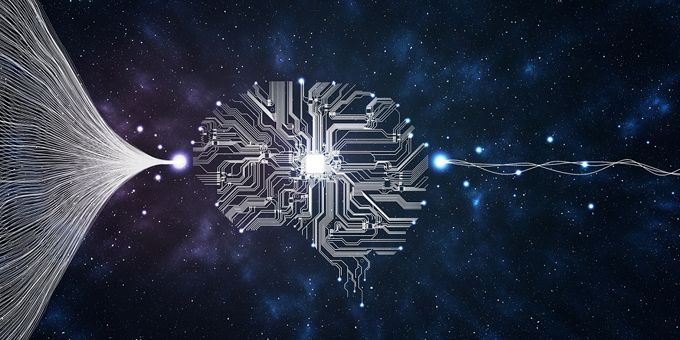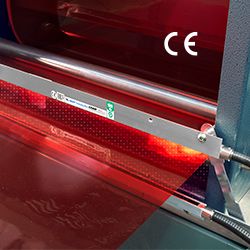Augmented intelligence is similar to artificial intelligence in that it uses machine learning algorithms to enhance defect detection. However, instead of aiming to replace human intelligence, augmented intelligence aims to build upon it.
 Augmented Intelligence in Machine Vision - is Furthering Human Intelligence More Effective Than Replacing It?
Augmented Intelligence in Machine Vision - is Furthering Human Intelligence More Effective Than Replacing It?

Dr. Gilad Wainreb, algorithms team leader | Lean AI
Augmented intelligence and artificial intelligence are both concepts that are often used interchangeably. However, the difference between the two has important implications for our understanding and expectations of technology. Here, Dr. Gilad Wainreb, algorithms team leader at software company Lean AI, explains his understanding of the concept of augmented intelligence in the field of quality inspection and machine vision.
As technology advances and the use of deep learning becomes increasingly common in the field of quality inspection, we often find ourselves caught on the bandwagon of the latest buzzword. For example, a few years ago there was a lot of hype around the notion of ‘‘autonomous’’ machine vision systems, but the promise of full autonomy never materialised.
Although the difference between augmented intelligence and artificial intelligence might be subtle, I believe there is value to be had in being precise with the language we use, especially when making promises to our customers. Of course, this is always a work in progress, and we must update our lexicon in line with the latest technologies, but I think some definitional ground clearing is a worthwhile exercise.
Comparing artificial and augmented intelligence
Extensive research has been carried out into the application of artificial intelligence in numerous fields, including quality inspection. Augmented intelligence is relatively less explored.
Augmented intelligence is similar to artificial intelligence in that it uses machine learning algorithms to enhance defect detection. However, instead of aiming to replace human intelligence, augmented intelligence aims to build upon it. There is therefore a difference in method. Both artificial and augmented intelligence share the goal of improving quality inspection, but these machine learning techniques have different methods to achieve the intended results.
Augmented intelligence in quality inspection
The key point about augmented intelligence is that it retains an important role for human intelligence. Another way of describing this approach is referring to it as semi-supervised. With human supervision and input, the model augments human intelligence, but does not fully replace it.
More specifically, in the context of visual inspection there is a role for the quality manager. While artificial intelligence might seek to fully replace them, augmented intelligence requires input from the quality manager. They provide the feedback to the model that ensures optimization and continued learning.
Retaining the role of the quality manager in this way leverages their unique knowledge of the product. It also gives them the guarantee they need that the deep learning system will be ultimately under their control. With artificial intelligence, you are often left with a black box, a system that is opaque to the customer so that when mistakes commonly arise, they are unable to understand why.
However, although their involvement in the process is key to ensuring the workable solution, a further advantage of a semi-supervised model is the reduction in time needed to train. The model needs the feedback from the QA manager, but it can learn with the minimal number of examples. It only requires the assistance of the QA manager in tagging indicative representative samples.
With machine learning and human insight working side by side, the process of providing a workable solution is quicker and easier to develop. Whereas fully autonomous systems that sought to replace human workers took months of work to develop, a semi-supervised system that delivers augmented intelligence is far quicker to deploy.
In many industries the notion of artificial intelligence and augmented intelligence is used interchangeably. However, there is a subtle distinction between the two. Advocates of augmented intelligence believe that deep learning systems are at their best when they augment human intelligence, rather than trying and failing to fully replace it. In quality inspection, we are beginning to see how this approach provides a workable solution and a greater return on investment.
The content & opinions in this article are the author’s and do not necessarily represent the views of ManufacturingTomorrow
Comments (0)
This post does not have any comments. Be the first to leave a comment below.
Featured Product

